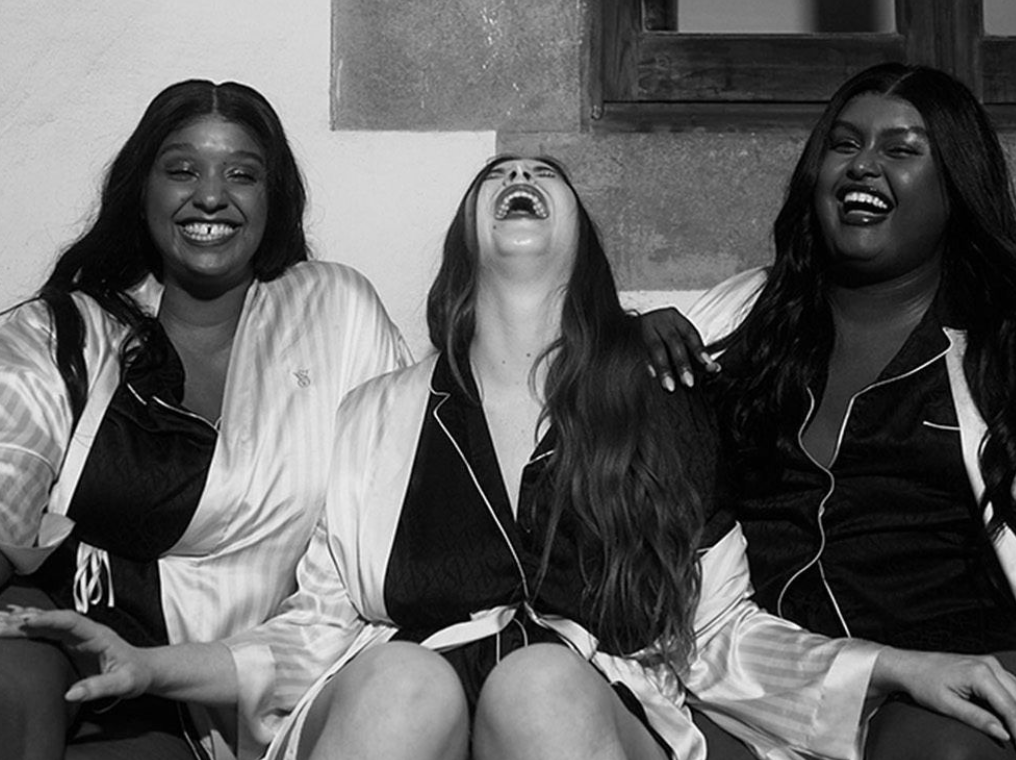
Life&Style Editor Serena Murphy weighs in on whether The Victoria’s Secret World Tour does enough to re-imagine the controversial brand.
TW: This article contains discussions of transphobia, racism and body-shaming.
The annual Victoria’s Secret (VS) runway show, with its trademark ‘Angels’- supermodels like Kendall Jenner – began in 1995, becoming a much-anticipated event in the fashion world. However, it seemed that Victoria had multiple dark ‘secrets’, including harsh diet and exercise regimes for their models, and a lack of diversity in age, body types and skin colour. Not to mention, former chief marketing officer Ed Razek’s controversial statement argued that transgender models should not be cast ‘because the show is a fantasy’. For many, this epitomised a brand that was grossly out of touch with reality.
This is a notably different approach, considering the brand’s history of exclusion.
The final straw came in 2019, when the Victoria’s Secret Fashion Show was cancelled after a wave of controversies surrounding the brand were made public. After former Corporate CEO Les Wexner’s close ties to Jeffrey Epstein were publicly revealed, the brand’s popularity declined and the show was cancelled.
Earlier this year, however, the company’s Chief Financial Officer Timothy Johnson announced that VS will return with the former annual show. Johnson promised to ‘reinforce our commitment to championing women’s voices and their unique perspectives.’ Their new ‘show’ returned as ‘The Victoria’s Secret World Tour’, a hybrid blend of documentary and high fashion spectacular, which premiered on Amazon Prime on 26th September 2023.
This is a notably different approach, considering the brand’s history of exclusion.
In the years leading to the show’s cancellation in 2019, several models who were part of the VS ‘family’ spoke out about their hugely restrictive diets in the weeks leading to the show. VS ‘Angel’ Adriana Lima, revealed to the Telegraph in 2011 that she cut out all solid food for nine days before making an appearance. Further, in an interview with Vogue in 2018, Razek attempted to justify the exclusion of plus size models in the show, arguing that ‘We market to who we sell to, and we don’t market to the whole world.’
Victoria’s Secret has also been accused of racism and cultural appropriation on many accounts. Critics were quick to point out that the appropriation of Indigenous American headdresses at the 2017 show, worn by a majority white cast of models, showed Victoria’s Secret’s inability to ‘learn from its past mistakes’.
These hand-picked, regimented images of the ‘fantasy’ female form, which are steeped in fatphobia, racism and ageism, can be internalised by viewers, causing them to scrutinise their own bodies and hold themselves to dangerous standards. This so-called ‘fantasy’ can have an enormous impact on viewers’ mental and physical health, and the health of models themselves
The return of a ‘re-imagined’ Victoria’s Secret offers an opportunity to confront these past wrongs and move forward in a positive way.
The return of a ‘re-imagined’ Victoria’s Secret offers an opportunity to confront these past wrongs and move forward in a positive way. ‘The Victoria’s Secret World Tour’ documentary-show did live up to its promise in a way, promoting a diverse cast in terms of size, race, and gender expression, among some of its past ‘Angels’. It comprised four mini documentaries, each centred around exploring designers and artists in four different cities.
VS travelled to Lagos, Nigeria, Bogotá, Colombia, London, England and Tokyo, Japan. The documentary pieces were interlaced with high fashion runway shots narrated by Gigi Hadid, creating a confusing, disjointed pace. It was as if VS tried to cram an apology for their past mistakes and all the creative ideas of a four-year hiatus into one and a half hours of footage. The saving grace: the show spoke of issues such as gender identity and bodily autonomy, showing that its creative directors have finally begun to pay attention to the power that their images hold.
However, though some plus-size and mid-size models did feature, the majority retained the classic VS sculpted silhouette, reinforcing the negative message that this remains the ideal.
It seems that there is still much for VS to learn about their constructed image of beauty. But this is undeniably a step, albeit a confusing one, in the right direction. Perhaps a more interactive campaign like Dove’s ‘Project #ShowUs, which reaches out to viewers to become part of the show themselves, would be an innovative way for VS to fully realise their promises. A step like this would further democratise the fashion industry, rejecting ‘fantasy’ and celebrating ‘reality’.
Read More from Life&Style here:
Sofia Richie’s ‘Old Money’ Wedding: Just Another Trend or a Style as Old as Time?
Comments